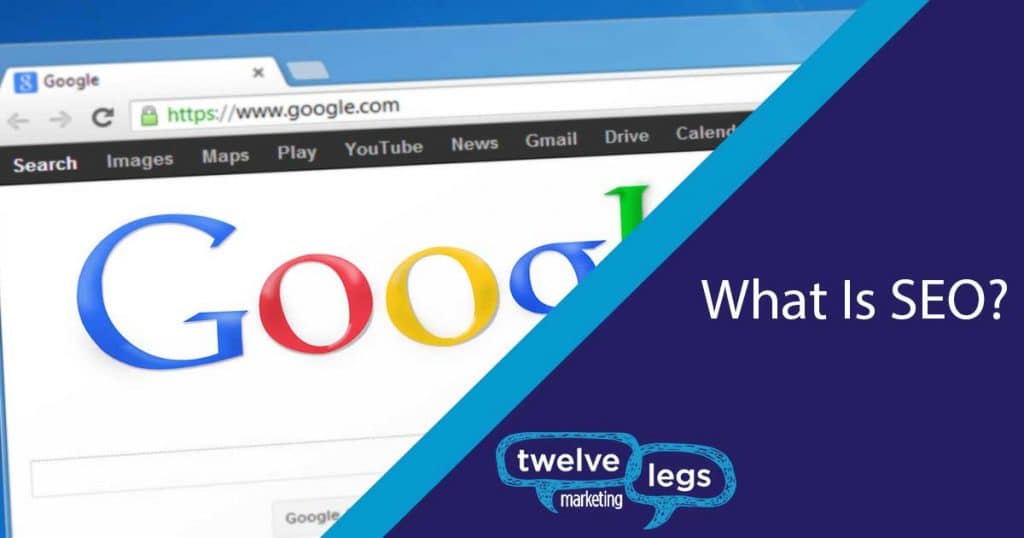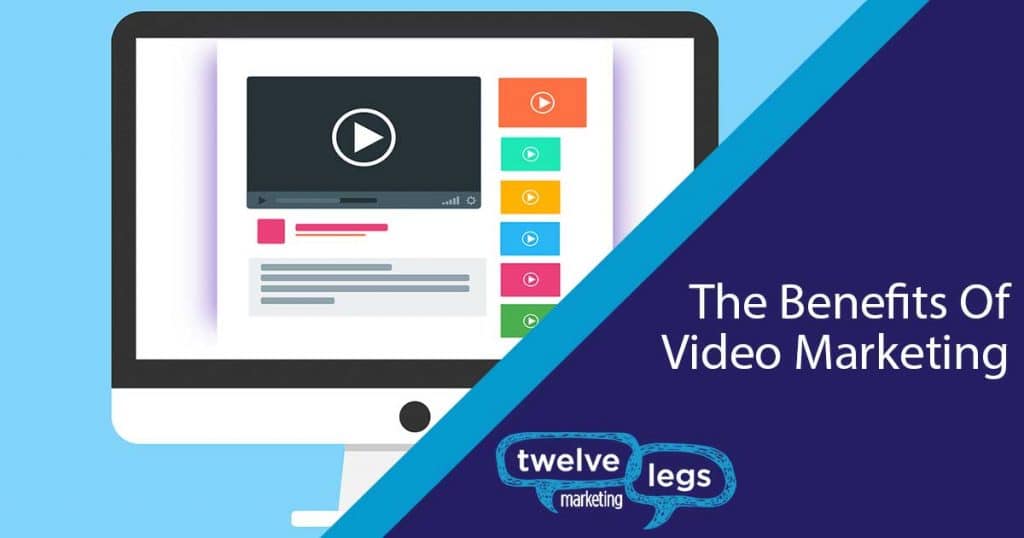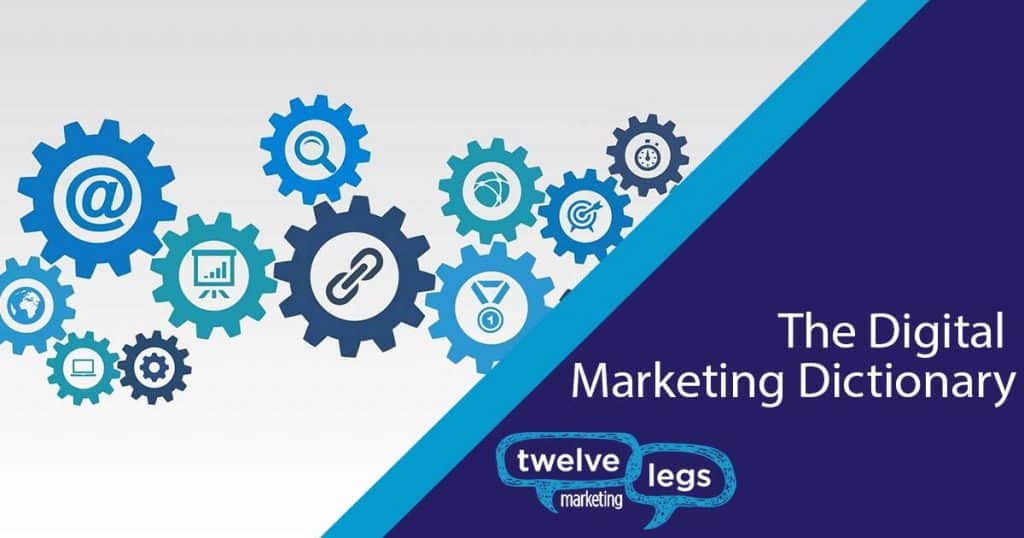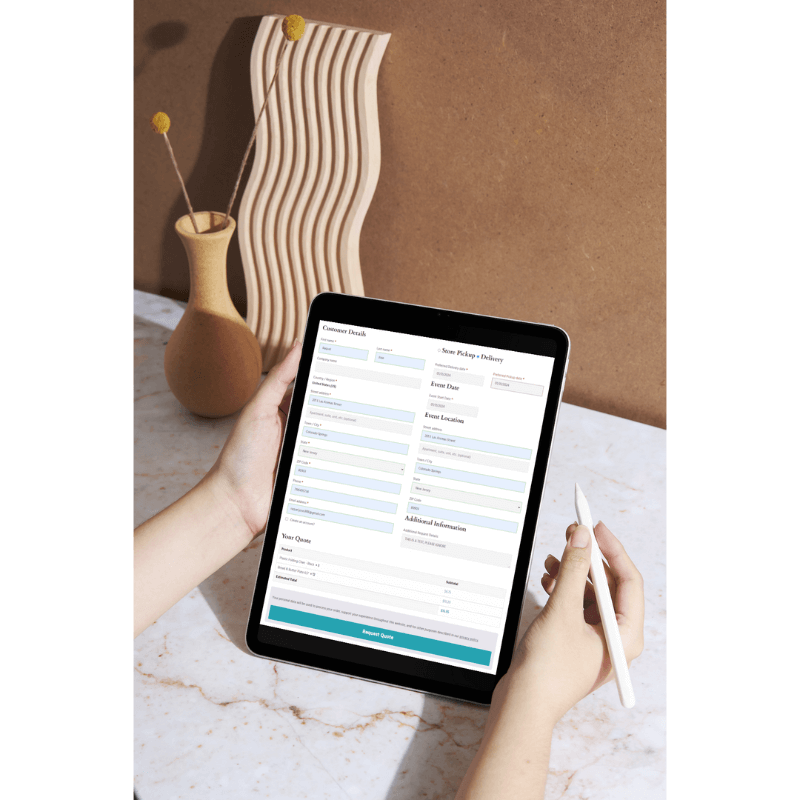5 min read
In a separate article, we shared insights on lead nurturing specifically through email marketing. Here, we’ll take a closer look at the foundational building blocks that must be in place before you can launch a successful B2B lead generation strategy.
So let’s jump right into the key elements you’ll need to consider before launching your B2B lead generation campaign:
- Target audience
- Lead magnets
- Lead capture
- Conversion landing pages
- Lead scoring
More on all those a little later.
First, the process of planning a lead generation strategy starts with a question…
Who Are You Trying to Reach?
We begin with the basics. A strong lead-generation strategy begins by developing target personas—what professionals are you hoping to attract and compel to action (the small business owner, the marketing manager, the marketing director, the sales director, etc.). When developing your target personas, always be sure to consider:
- What are their main challenges and pain points?
- What are their business objectives and sales goals?
- What value can your product or service deliver to each persona?
- What kind of content are they consuming?
- Where are they consuming their content?
- What motivates their purchases?
In addition to determining target personas and ideal prospects, understanding what motivates current customers to buy your products and invest in your services will provide valuable insights to create your marketing and sales funnels. This can be done by sending a brief survey asking trusted partners (both long-term and newer) to answer a few strategically positioned questions, like:
- What they find most valuable about your products/services
- Why they chose you over the competition
- What types of industry-specific content usually gets them to act
- What topics are they most interested in learning more about
- What insights help them do their jobs better
- And so on…
What are you selling and what is the value you deliver?
Prior to developing any content or creative or messaging for your lead gen campaign, put yourself in the shoes of your ideal prospect and ask yourself: “Why should I buy from you instead of your competitors?”
The answer to this question is what differentiates you from your competition. The answer is what makes you better than the rest. The answer is your elevator pitch detailing what you offer. The answer is your value proposition.
But before you create a value prop specific to your lead gen campaign, go back to your target audience and the personas you established. Take each audience member you’re trying to attract and identify their key objectives. Now think about what motivates their purchases. Your campaign should be anchored in a message that addresses those factors: audience objectives and motivations.
Maybe you sell advertising media and sponsorships to your B2B audience. What differentiates your platform from your competition’s? Perhaps you offer inventory exclusivity for a niche audience. In that case, buying media directly through you is better than buying it through Google DSP.
Be it media, enterprise-wide technologies, or anything in between, your B2B lead generation strategy should engage and inform your audience on how your services are different, better, and fine-tuned to address their specific goals and needs.
When you’ve established and roadmapped your target buyers and have a clear idea of your value prop, it’s time to start developing value-based marketing efforts.
How are you feeding your funnel and nurturing prospects through it?
According to a recent Demand Gen report, 96% of B2B buyers want content with more input from industry thought leaders in order to make intelligent buying decisions. The buying process for any target audience is a journey with multiple steps.
The more detailed and robust your communication and promotion strategy, the easier it will be to successfully find and reach top of funnel leads and strategically nurture them with relevant content and messaging. Awareness…consideration…decision, hopefully ending the cycle with a closed sale.
Lead Capture (give before you ask):
As traffic is driven to the B2B sales pages on your site, consider how you’ll capture prospects information in order to further nurture them. Planning a succession of content to deliver will be crucial when warming up audiences. For example, if a prospect new to your company reaches a landing page, they should be presented with an asset of high value, but low commitment (research paper, case study, how to guide, etc.). If the content is based on research discussed above, it should hit main pain points and stress the value your products/services provide to overcome their challenges. Simply requesting their email address in exchange for the content is sufficient at this stage.
Lead Magnets:
There’s usually a bit of a gap between converting website visitors into leads. Sometimes those visitors leave and don’t return—often because they never hear from the organization again. You must continually attract and keep them coming back. That’s where lead magnets come into play. Having a variety of lead magnets, positioned and developed strategically will be important for filling your pipeline. Example lead magnets include: services promo videos, bonus tips, ebooks, etc. These can be distributed in multiple ways, including email opt-ins, subscriptions and social media follows or exclusive professional groups—all being signals of interest.
Landing Page Conversion Techniques:
These pages are designed to specifically capture prospects’ information and have one call-to-action. The narrow focus of these pages with a clear CTA will keep your audience focused and increase the odds of a conversion.
Lead Scoring:
This is an important element of lead generation campaigns, as it allows you to rank and prioritize prospects based on their engagement with your content. To achieve this, technical integration between your marketing tools (databases, CRMs, email platforms, etc.) will be required, as well as well-defined processes around how to handle, tag, score, and track all leads.
Observe, measure, learn, and optimize
A good lead generation program needs constant monitoring.
Which ads, headlines, emails, and CTAs, are performing well, and which are returning lackluster metrics (impressions, clicks, opens, conversions). Testing, adapting, and adjusting on the fly is essential to any lead generation campaign.
If you have the capacity, you can set up triggers for more nuanced follow-up emails, retargeting ads, and nurture paths depending on the actions each lead takes as a result of your communication.
An effective B2B lead generation strategy speaks to the needs and concerns of a prospective buyer while taking them on a journey. A journey that hopefully enlightens them with all the things that differentiate your product/strategy and ends with a closed sale, happy customer, and brand ambassador for years to come.
